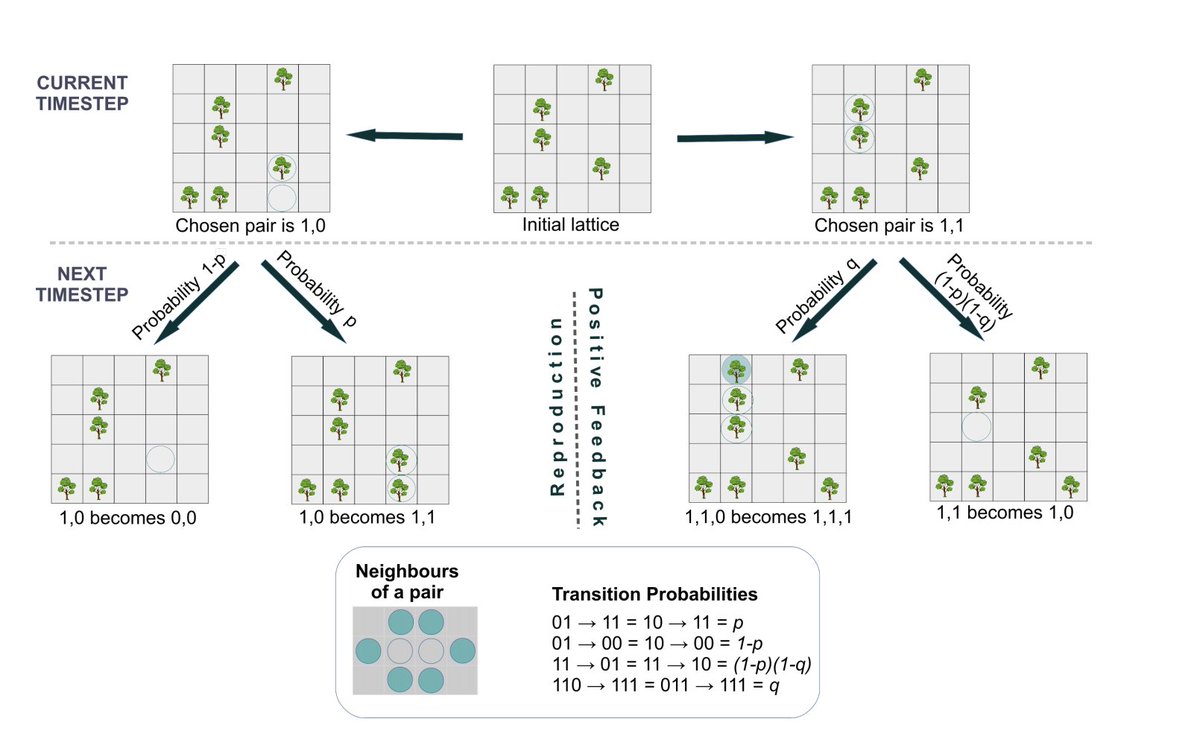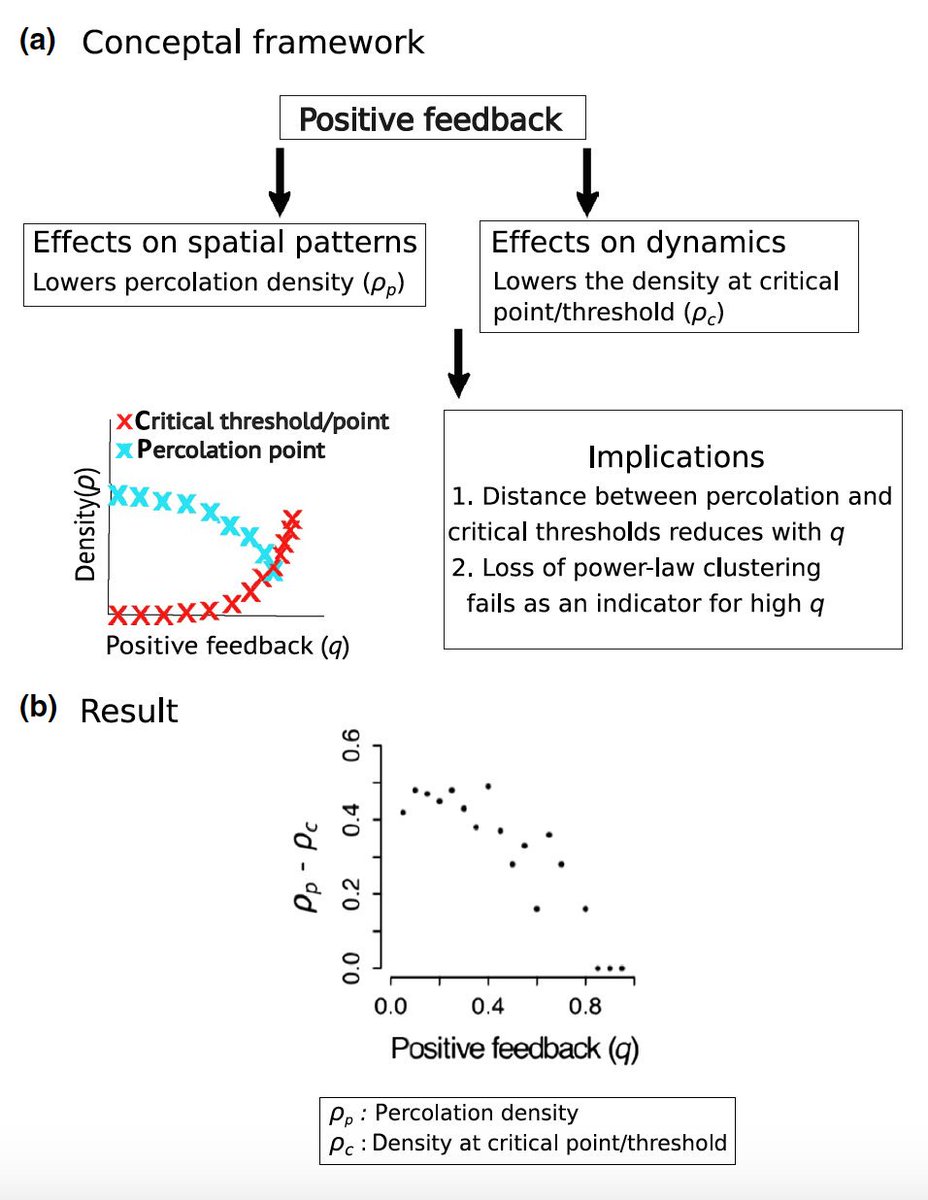Thanks to Kolleagala Sharma @kollegala for the help with Kannada abstract. Incidentally, the paper came out on Nov 1st! 2/n
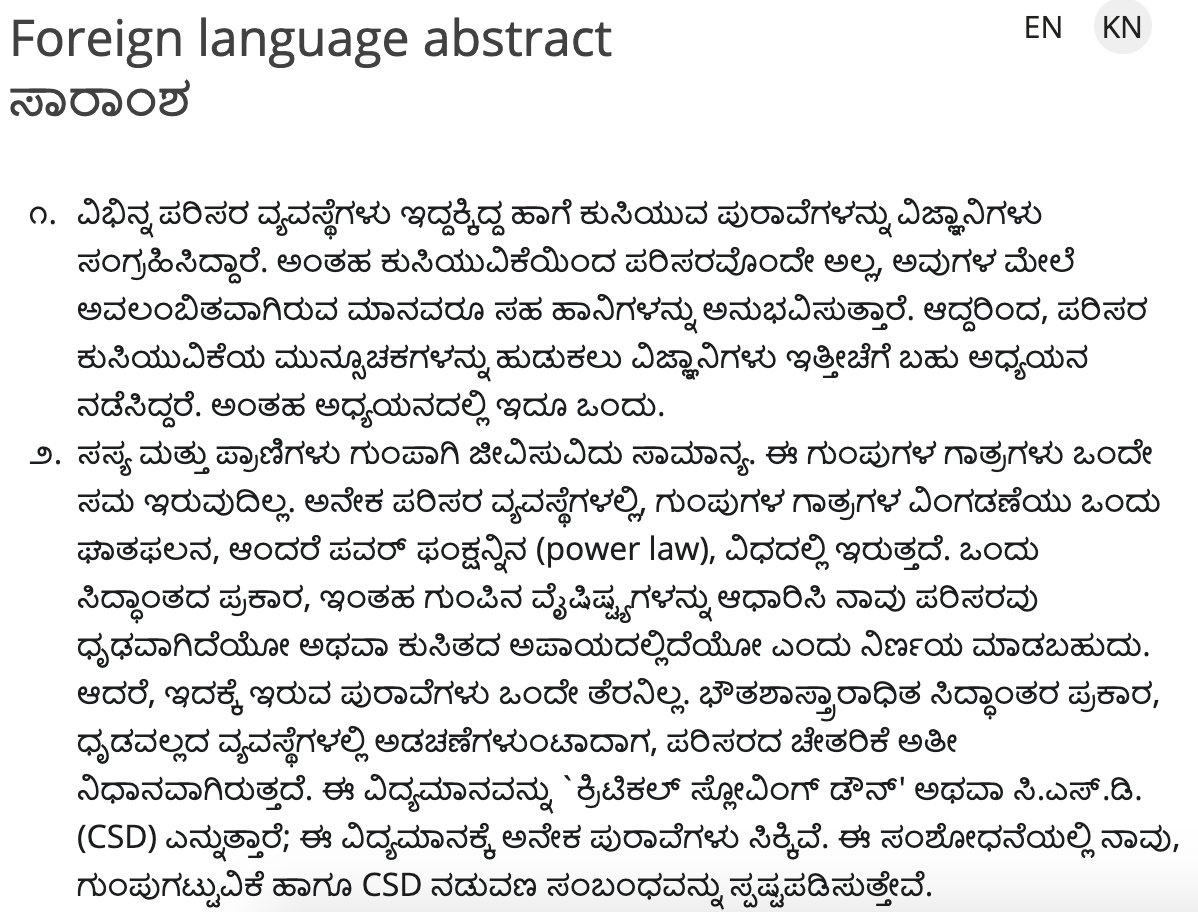
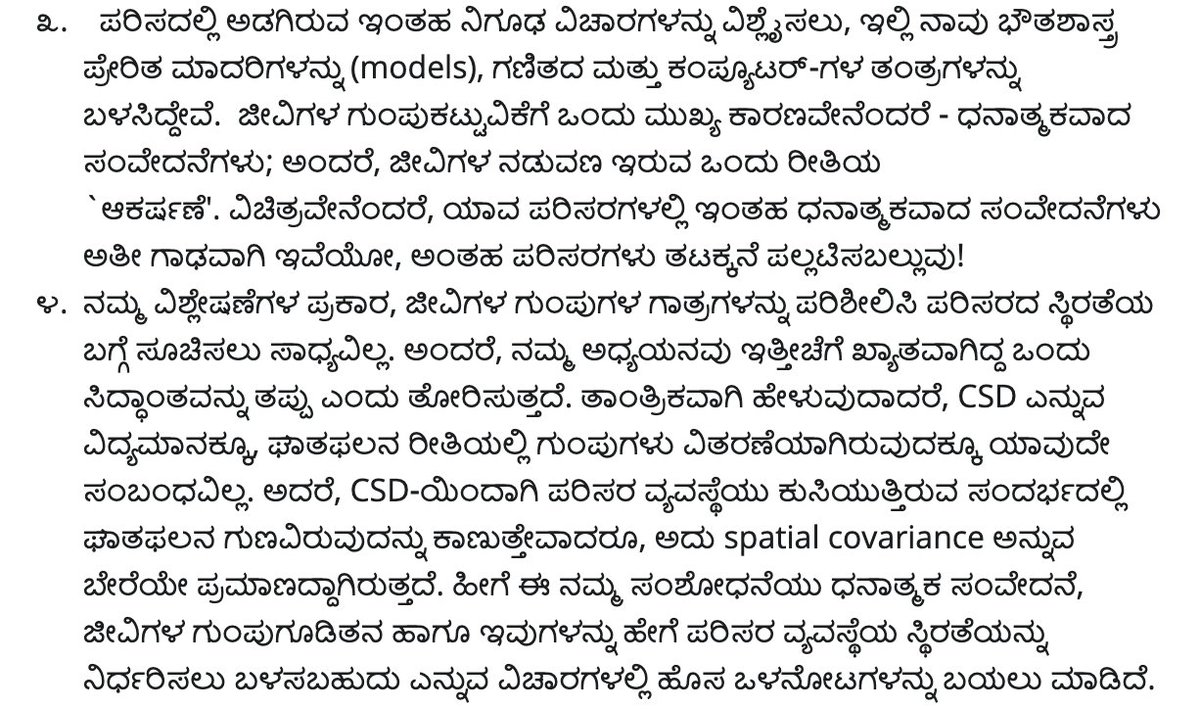
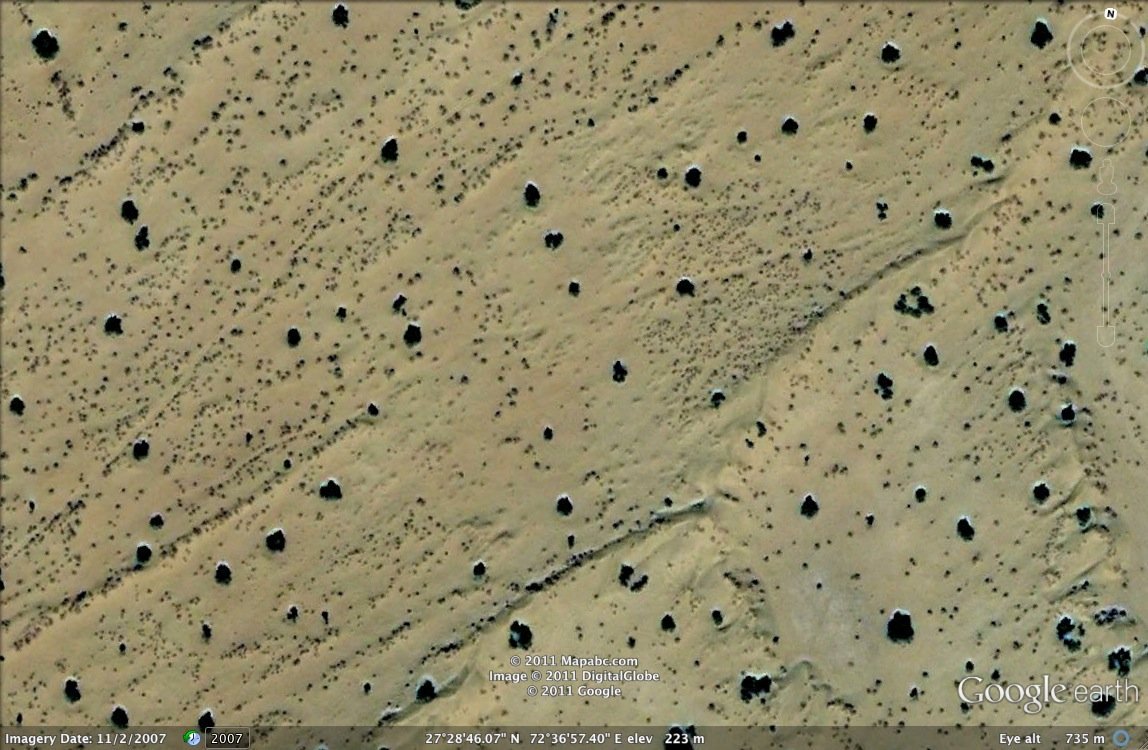
This is in quite a contrast to distributions we regularly use – like Gaussian/normal or exponential. 7/n
Power-laws have a large tail, and hence you are likely to find very large-sized patches in such systems. 8/n
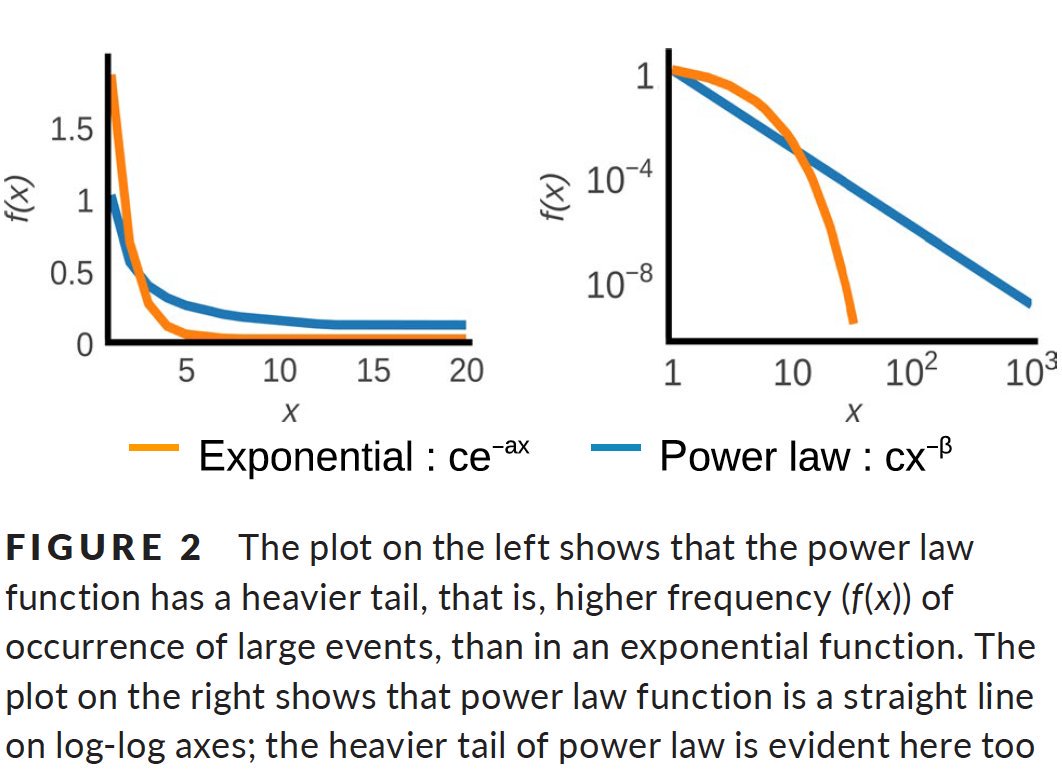
Here is Figure 1 from our paper with empirical examples of power-law clustering. 9/n
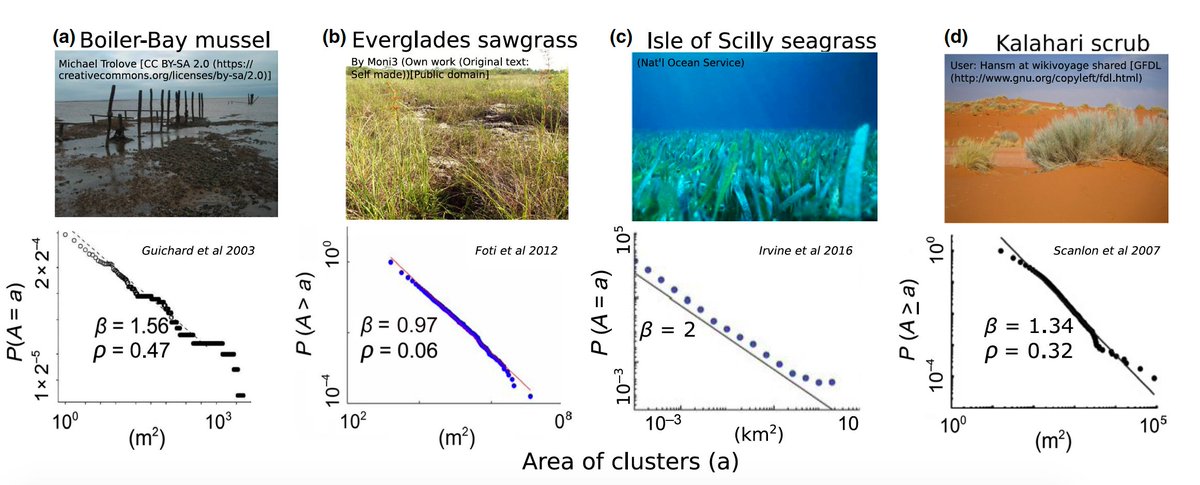
That’s the background to Sumithra’s work. 10/n
To show this, she used a simple computational model of ecosystems 11/n
The model itself is directly taken from a statistical physics paper (Lubeck, J Stat Phys 2006) but with ecological interpretation thrown in! 12/n
